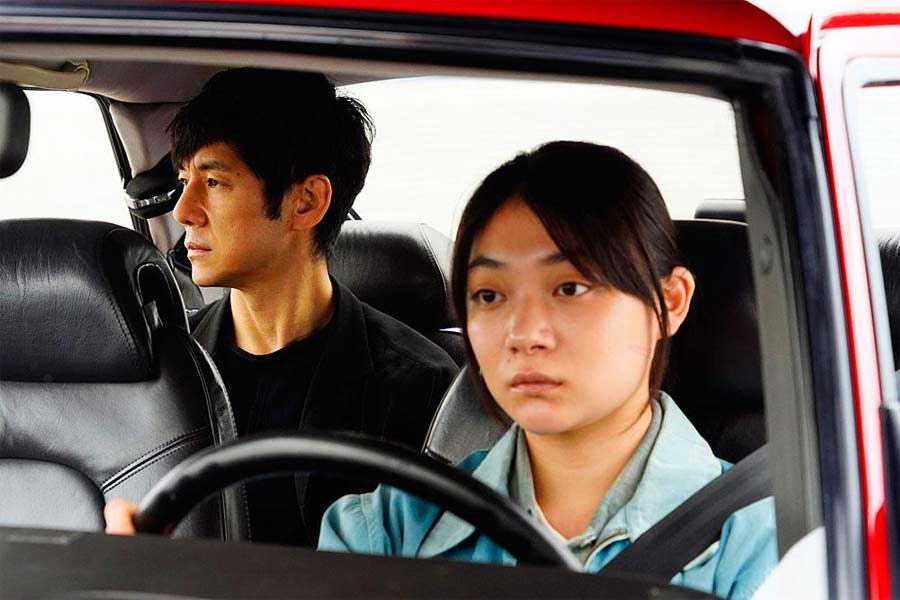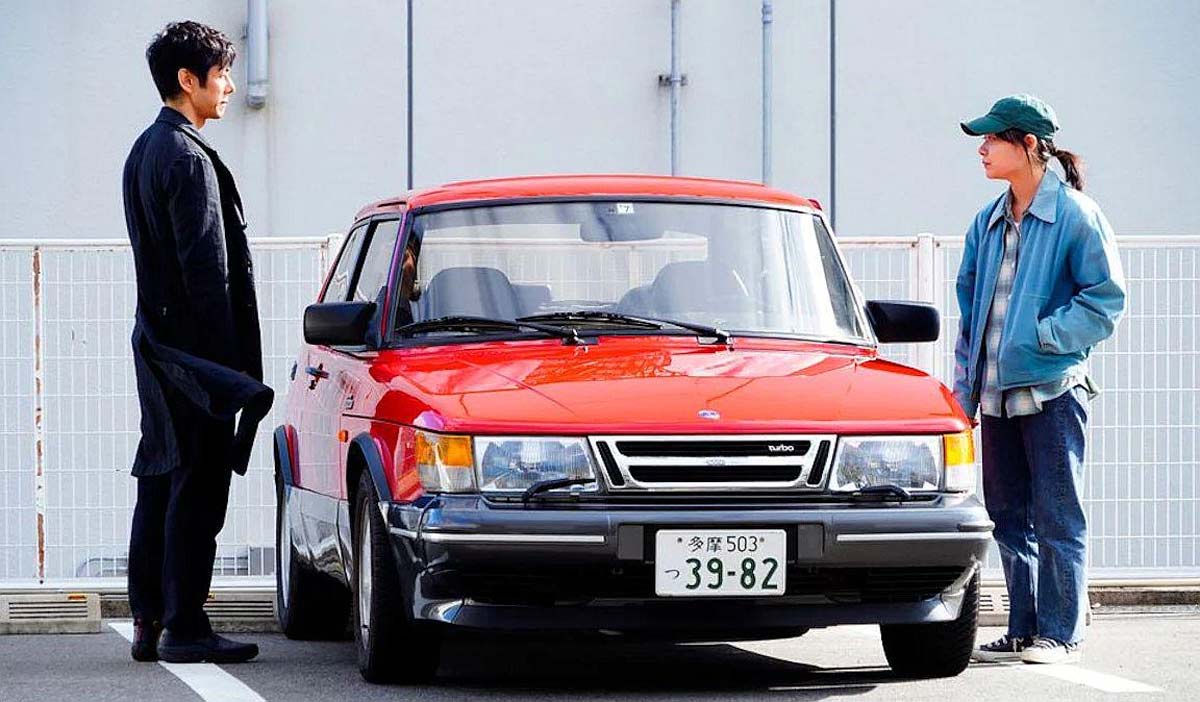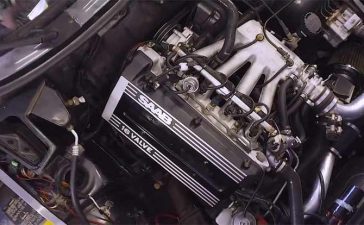Saab cars in popular culture, movies, TV series and books are not uncommon, but one Saab 900 has gained notoriety for a place in the latest film by Japanese author Ryusuke Hamaguchi. When we presented this film at the beginning of April this year, we sensed the success of the film, and soon after it won numerous awards at festivals around the world. “Drive My Car” is a Psychological Study of Lost Souls, which won the Best Screenplay Award at Cannes.
The car as a status symbol is a common phenomenon in modern society, but also earlier. What if the car we’re talking about (in this movie) is otherwise nicely preserved, but other than that, a completely “unimpressive Saab 900”? The “Swedish steel box” thus becomes a metaphor for freedom, infinity – or escape.
It is not often that a director sends two feature films to the world in one calendar year. Well, this year it has been compared to two filmmakers, Ridley Scott and Ryusuke Hamaguchi. But if Scott gave us one unintentional farce (“Gucci House”) and one brilliant, unjustly overlooked film (“The Last Duel”), Hamaguchi made two little masterpieces. Short film “Chance and Imagination” was the omnibus of three stories of missed opportunities and misunderstandings in love, and “Drive My Car” is a three-hour adaptation of a single short story written by Haruki Murakami.
Despite this hefty amount of time, “Drive My Car” is not a pointless stretching of a stingy proposition, but rather a melancholic meditation on coping with loss and mourning, and on finding genuine human contact. The screenplay, signed by Hamaguchi and Oe Takamasa, is, like Murakami’s writing, a deeply humanistic view of the incomprehensibility but also the beauty of life.
Theater actor and director Yusuke Kafuku (Hidetoshi Nishijima) was not even prepared for the role of a widower: his wife Oto (Reika Kirishima) had a fatal stroke without any warning. In the prologue to the tragic evening when Yusuke finds Oto on the living room floor, Hamaguchi drops us into the intimacy of their marriage. In addition to deep love and passion, he was also marked by secrets, lies and the burden of losing a child many years ago. (The opening credits only happen after all this, around the 40th minute of the film.)

Two years later, Yusuke finds himself in Hiroshima, where he will stage an experimental production of “Uncle Vanja” as a guest director. He deliberately sought accommodation an hour’s drive from the theater – so he can listen to a tape in the car with the recorded voice of his late wife reading a play by Chekhov. To his great displeasure, the management of the theater, for security reasons, forces the driver, in fact the driver, the quiet and expressionless 23-year-old Misaki (Toko Miura) for this daily transit.
Gradually, it is revealed that Yusuke and Misaki, although they could be father and daughter by age, are very similar in one thing: they both carry deep-seated, unresolved pain that they can’t get rid of, but they know how to suppress. through repetitive, semi-automated doing. Yusuke endlessly listens to the same Uncle Vanja reading, and Misaki sits behind the wheel of a car headed for anywhere. Their rides mostly pass in silence, which, however, almost buzzes from the invisible presence of the spirits of the deceased.
That Yusuke has not yet begun to recover from his wife’s death is also proven by the fact that he hires a (too) young TV star Koji (Masaki Okada) for the role of Vanja, most likely because the boy was Otoja’s lover. (Oto, a television screenwriter, got and developed ideas for stories during orgasms – so she shared more than just her body with her lovers. This is one of the affected, forced details of the film that requires the viewer’s patience. The screenwriters borrowed it from another Murakami’s stories.) For the same reason that he felt closer to the deceased, Koji even came to audition; men thus inevitably gravitate toward some sort of confrontation.
The long, meditative scenes of driving (SAAB 900) and theatrical exercises (which, despite the great frustration of the actors, are almost exclusively reading exercises without any interpretation of the text) contribute a lot to the mentioned length of the film.
Art is not always in the service of unraveling meanings, “Drive My Car” notes – sometimes it can also have the function of avoidance and diversion. However, in order not to end his monumental work with a clichéd finding about the healing power of art, Hamaguchi provides the implication that each individual must come to this realization on his own. In other words: just like in the road movies, the goal here is the path itself. And that’s why “Drive My Car” wouldn’t be an effective film if it lasted less than three hours.












God I loved mine The sound of the engine
Fantastic car and a fantastic movie!!
Some say that Haruki Murakami can get the Nobel price.
Watch this movie twice and enjoyed it the Saab looked beautiful and brought memories.
Good Film!
It would have been an outstanding movie even without the car. But with the red 900 turbo it is magical.
Was the car supposed to be the same car at the end, or was it supposed to be a car she bought that looked just like it? They were 2 different cars.
King of the turbo
Denna SAAB är sååååå snygg.
Watched this and immediately wanted a red 3 door turbo, went out and bought a red 2 door 900i, reality and my budget may have caught up with me